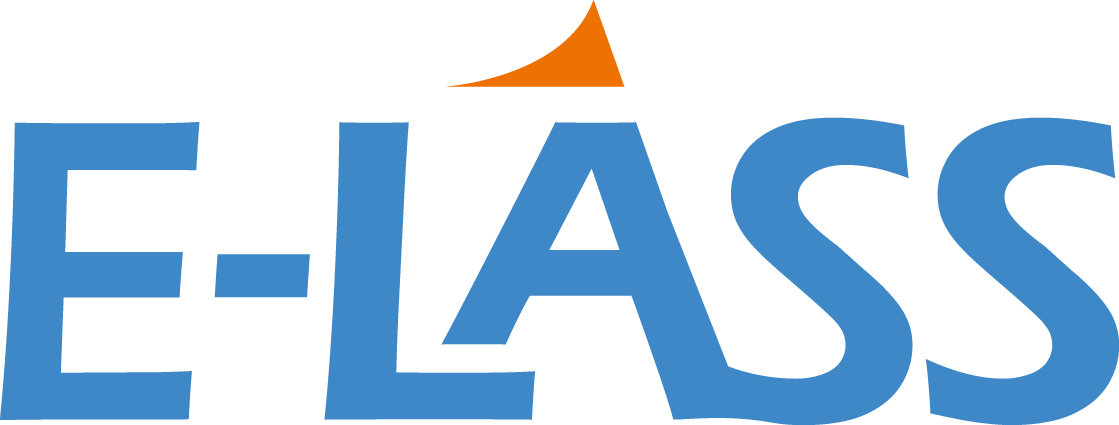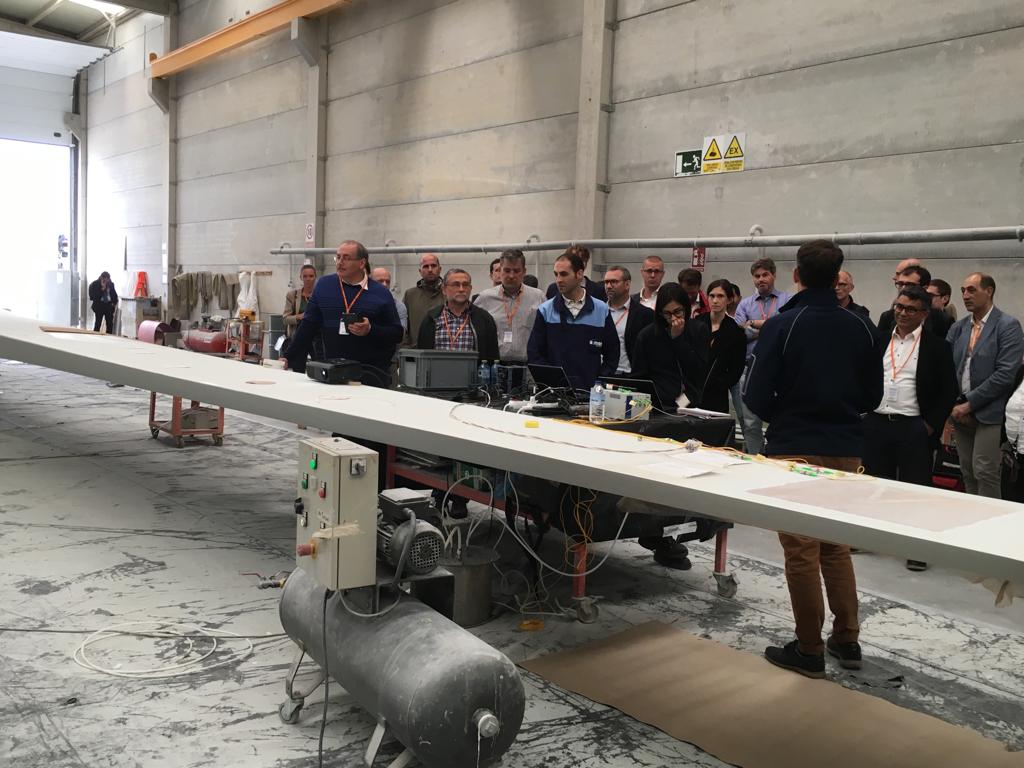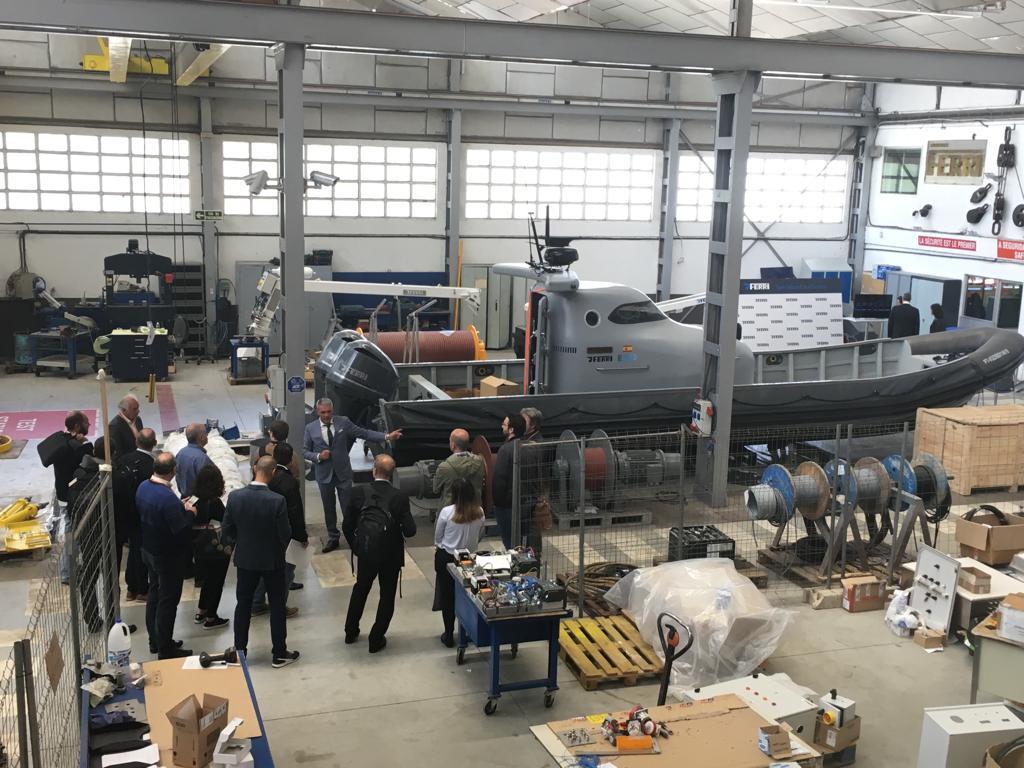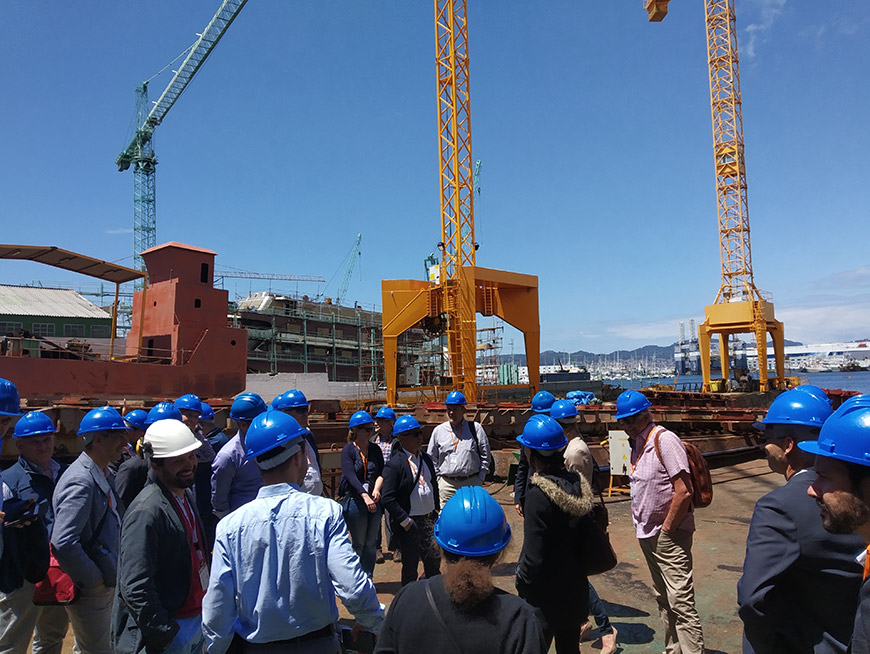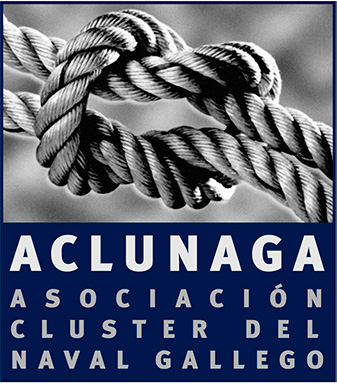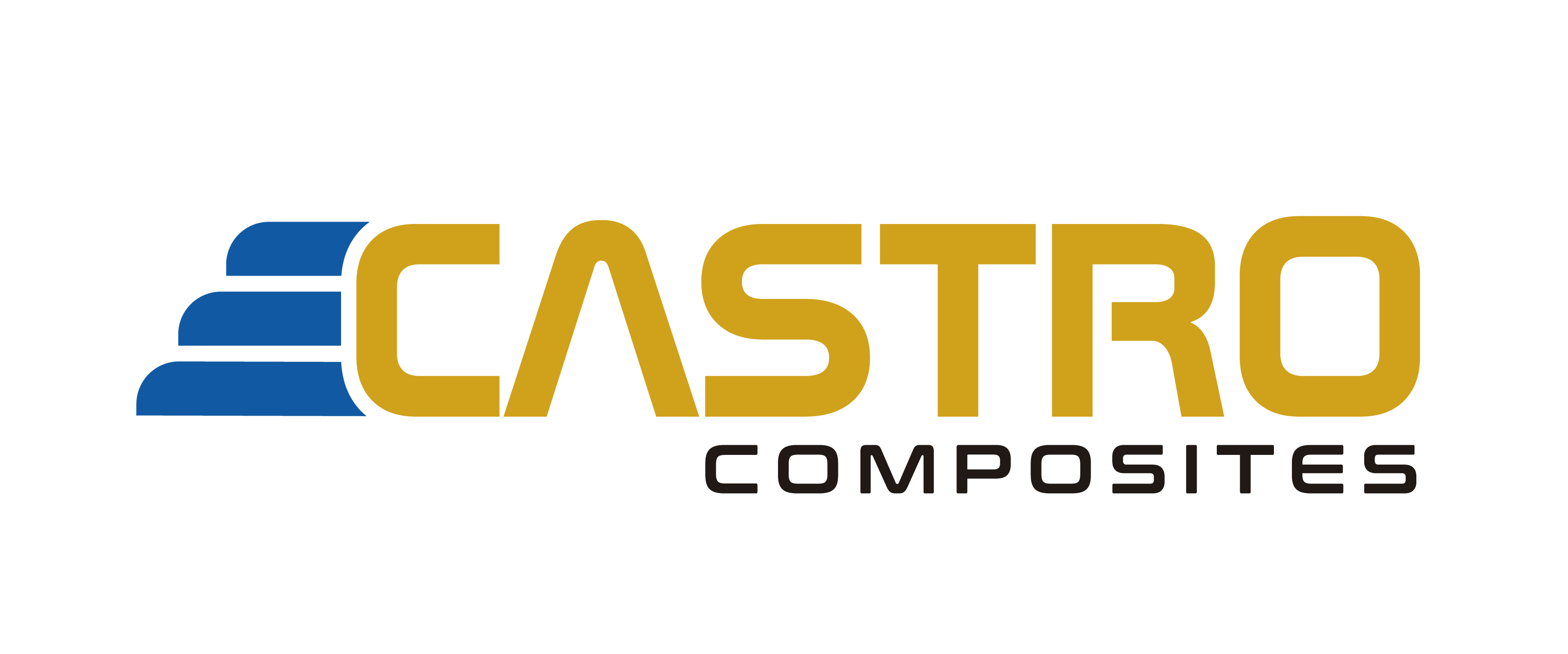June 11th, 2019 – E-LASS day 1
The 10th E-LASS meeting took place in beautiful Porriño in the northwest of Spain. After a short introduction to the E-LASS network by Franz Evegren, RISE (Research Institutes of Sweden), Elena Rodriguez, representative of this year’s host AIMEN, welcomed the participants to the event.
Andreas Bach, RISE, was the first speaker of the day and started things off by presenting the SARGASSO innovation platform. It provides the infrastructure for open innovation and collaboration, including a matchmaking system intended to pair project partners to project ideas while also highlighting potential solutions in need of further development and support.
Next up was Gregoire Beauduin. He introduced Com&Sens’ Fiber Optic Sensing concepts for Condition Based health monitoring of concrete, steel or composites structures based on Fibre Bragg Gratings technology. Gregoire further introduced the Interreg project Qualify which examines the evaluation of long-term structural performances of adhesively bonded joints and develops a certification procedure, as well as a protocol for reliable maintenance and inspection. Within Qualify, Com&Sens participates in the in situ structural health monitoring process for adhesively bonded hybrid joints.
After a short coffee break, Saul Balsa Barros (Navantia shipyards) presented the Nautilus project, which investigates new materials and new automated systems to provide advanced fabric techniques by working toward shipyard 4.0, where key technologies shall be applied as a digital backbone such as IoT, M&S, AR, UAV’s. The NAUTILUS project furthermore investigates ballistic protection materials, composite material solutions, hybrid laser welding, and automated steel conforming.
Next up was Darko Frank representing CompaRepair. He presented solutions to repair corroded or cracked structures, and methods to reinforce their strength by using lamination patches made of carbon and fiberglass with an epoxy resin. The process takes place in situ and requires a very short time span. The patch is design-based on a numerical analysis prior to the repair process.
Alfonso Jurado Fuentes then introduced the FIBRESHIP project, which addresses the feasibility of composite applications for large-length vessels in order to generate a regulatory framework that allows design, production and operation of these vessels, and overcome the challenges of lightweight applications.
Next was Raquel Travieso from AIMEN who explained the application of Fiber optic sensors (FOS) with DC-dielectric sensors for manufacturing monitoring and structural health monitoring (SHM) in composites material for the NERN project. NERN focuses on the development of advanced monitoring systems for the manufacturing process using non-invasive embedded sensors.
The day ended with a much-appreciated lab tour in AIMEN’s facilities. Among three stops, the first one was the laser center, which has the capability to do micro- and high-power application processing. Next, the attendees visited the material facility where the multi-material structures and thermoplastic composites application and processing (3d-printing, infusion, adhesive joining) is being researched. The last facility of the tour examines the field of automation and robotics, where robots for material handling such as a fiber lay-up machine for additive manufacturing process, and for automated transport processes were presented to the visitors.
June 12th, 2019 – E-LASS day 2
The next day started with a brief update of the latest developments in the RAMSSES project. After Matthias Krause (Center of Maritime Technologies) provided a general overview of the project and its various demonstrators, Jörg Mehldau from Becker Marine Systems presented the latest developments in designing and building of a lightweight rudder flap.
Giovanni Risso from Cetena provided a short overview of the steel cluster within the RAMSSES project with a focus on lightweight steel and repair. This was followed by the development of the fast track to approval (FTA) process which was introduced by Stéphane Paboeuf from the classification society Bureau Veritas. The FTA will be composed of standardised risk scenarios, tests and solutions, as well as a database of test results and guidelines to be proposed to IMO, the International Maritime Organisation. For this cause, the ongoing European maritime lightweight projects FibreShip and RAMSSES have teamed up for a joint approach.
The last session of the day was dedicated to fire challenges related to the use of composites. Anna Sandinge (RISE) introduced the three main test methods: IMO FTP code 1 for testing the non-combustibility of FRP’s and code 2 investigating smoke and toxicity. Code 5 examines the surface flammability and spread of flames and finally code 10 is the room corner test, where various predefined testing procedures and varying criteria are tested at large scale. In addition to the presentation from Anna, Diego Jezler from CFP Composites introduced “the world’s only fireproof carbon fibre composite” to the audience, which passed the FTP Code 10 with significant results. As the last speaker of the event, Joakim Nyström concluded things by presenting SSAB’s nowadays extremes in steel.
Industry visits
After lunch, the participants left for the industry tours. For the first part the attendees could choose between a visit to the privately-owned shipyard Francisco Cardama or a guided tour at Industria Ferri.
The Cardama shipyard is a consortium partner in the RAMSSES project and one of the many privately-owned smaller shipyards located in the bay of Vigo. Cardama shipyard was founded in 1916 and builds fishing vessels, tugs and working boats but is also specialized in steel repairs.
Industria FERRI, S.A. was founded in 1965 in order to meet the growing demand for deck ancillary equipment for the marine sector. Over the years, FERRI has achieved prestige as one of the leading factories of reliable and high-quality equipment, as an experienced and innovative company providing solutions to customer requirements.
The final stop of the industry tour was Galventus which all participants visited together. Galventus specializes in maintenance and repair of wind turbines, as well as the supply of parts and spare parts. During the workshop, a vacuum infusion process for repair purposes was demonstrated, including the use of fibre-optic & DC-dielectric sensors.
The E-LASS event ended with a joint dinner in the old city center of Vigo.
The next E-LASS seminar is scheduled to take place in Bremen, Germany in January 2020. We look forward to seeing you all then!
RAMSSES – half time overview, CMT
The development of a lightweight rudder flap, Becker Marine Systems GmbH
Steel and Repair in RAMSSES, Cetena
RAMSSES – Under construction: The fast track to approval, Bureau Veritas Marine & Offshore
FRP composites and reaction to fire challenges, RISE
Fire Restricting Material’ composite, CFP Composites
Strenx, SSAB
